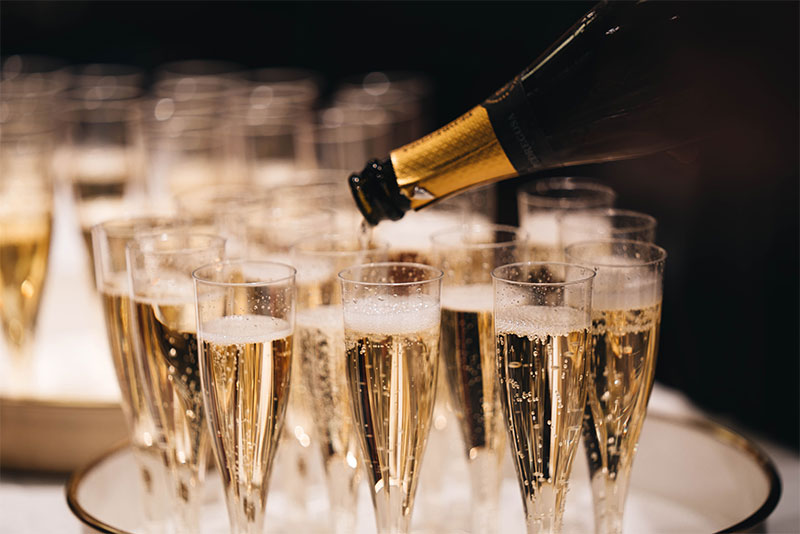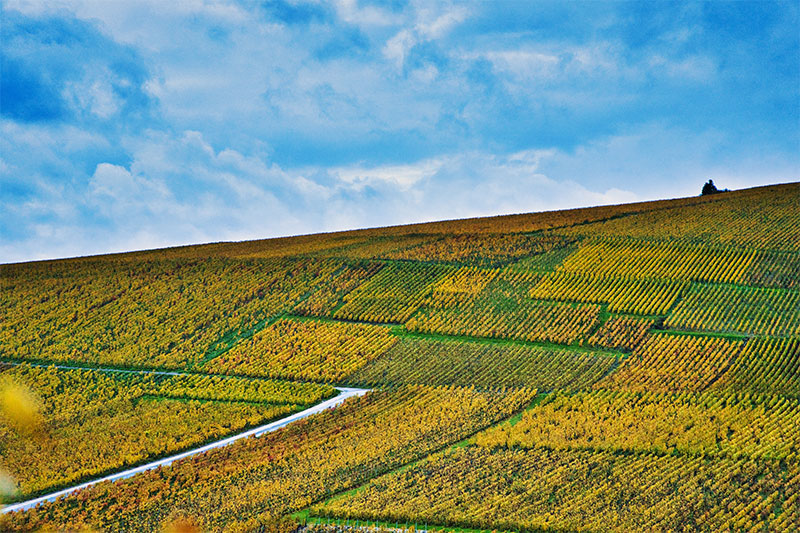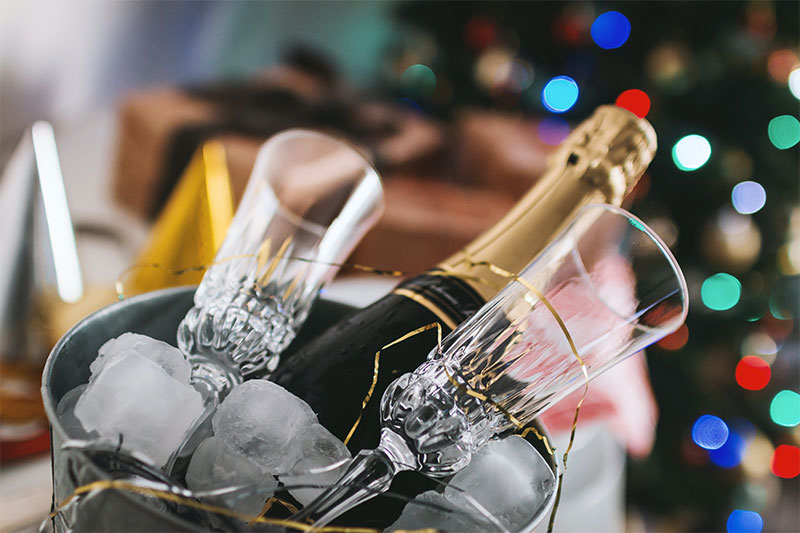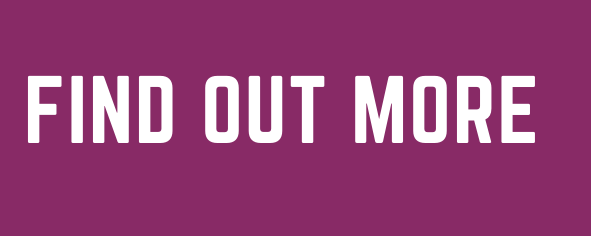Who has not uncorked a bottle of Champagne at least once to celebrate a momentous occasion? Champagne is among the most iconic wines in the world, epitomising the culture, craftsmanship and quality of the French winemaking tradition. But have you ever wondered why it is called Champagne? Or what the difference is between this wine and sparkling wine?

5 curiosities about Champagne
On xtrawine, you can find the best Italian and international sparkling wines, and in May, #xtrawineintheworld landed in France – home of the world’s most famous sparkling wine. Therefore, it is time to tell you the 5 most interesting facts about Champagne to help you enjoy it fully.
1) Why is it called Champagne?
Champagne takes its name from the area of France where it is produced: Champagne. In 1927, a French law defined the production area of Champagne, and now only wines made from grapes harvested in the designated area of Champagne can be called by this name.

2) What is the difference between Spumante and Champagne?
Technically none. Champagne is a sparkling wine that can only come from a precise geographical area of France.
In addition, Champagne can only be produced using the Classic Method, i.e., by inducing the refermentation of wines in the bottle by introducing sugars and selected yeasts.
3) How is Champagne made? The false myth of Dom Pérignon.
The most famous Champagne in the world is Dom Pérignon and is named after Abbot Dom Pierre Pérignon, who appears to be the inventor of the refermentation of wine. Refermentation consists of adding yeast or sugar to the bottle to make the wine sparkle: this sparkling process has acquired the name Classic Method over the years.

There is no proof that this story is true, and it is much more likely that the refermentation in the bottle that gives birth to Champagne wine was discovered in the early 17th century by an Italian: Francesco Sacchi, a doctor from Fabriano (Ancona).
In his treatise ‘De salubri potu dissertatio‘, Sacchi describes a method for making still wines sparkling and frothy by introducing must or raisin grapes into the bottle. Does this not remind you of the classic method?
4) How is Champagne served?
Champagne should be served at a temperature between 6 and 8°C if it is a young wine and up to 10°C if we are talking about an aged or vintage Champagne wine.

If you have left your bottle of Champagne outside the fridge, don’t put it in the freezer! Much better to fill a bucket with ice, add rock salt and insert the bottle: the result is assured, and the wine will reach temperature much faster.
5) Who was the first Champagne influencer in history?
Champagne has always been part of the French tradition, but one character was more influential than all the others in making this wine an icon of France: Napoleon Bonaparte. We can say that Napoleon was the first Champagne influencer in history, and Champagne was also the only wine drunk by the French emperor.
His passion was probably born thanks to his friend Jean-Rémy Moët, grandson of the founder of the Moët & Chandon winery.
The 3 Champagnes from xtraWine that cannot be missing from your cellar
Now that we have answered some of the most frequently asked questions, such as “Why is Champagne called Champagne?” or to whom is its international fame due, we are ready to advise you on the best bottles to try. On xtraWine, you can find the best French Champagnes to celebrate your most important events with class and elegance. Here are the three Champagne wines that should not be missing from your collection.
Romain Henin Champagne L’Appel de la Foret Extra Brut
Romain Henin Champagne L’Appel de la Foret Extra Brut is a Champagne with a fine perlage that releases fruity and floral aromas on the nose, accompanied by pastry notes. It is a fresh, mineral wine on the palate that retains its sensations for a long time.
Try it with your fish and shellfish starters or a selection of cheeses.
Lacuisse Frères Champagne 1er Cru Cosson Millesime Brut Nature 2012
The Champagne Lacuisse Frères 1er Cru Cosson Millesime Brut Nature 2012 has a fine perlage and a brilliant gold colour. It releases hints of citrus fruits on the nose and is a mineral, clean and long wine on the palate.
A true joy for the palate, with excellent value for money.
Laurent Perrier Champagne Brut Millesime 2012
The Vintage is the choice of an exceptional year, from which the Grands Crus of Chardonnay and Pinot Noir are selected to enter the blend of a future Grand Siècle iteration. It is a rare and exceptional wine that expresses the character of the Vintage in the Laurent-Perrier style.
Try the Laurent-Perrier Champagne Brut Millésimé 2012 with fish or white meat hors d’oeuvres and discover its history in this article.










